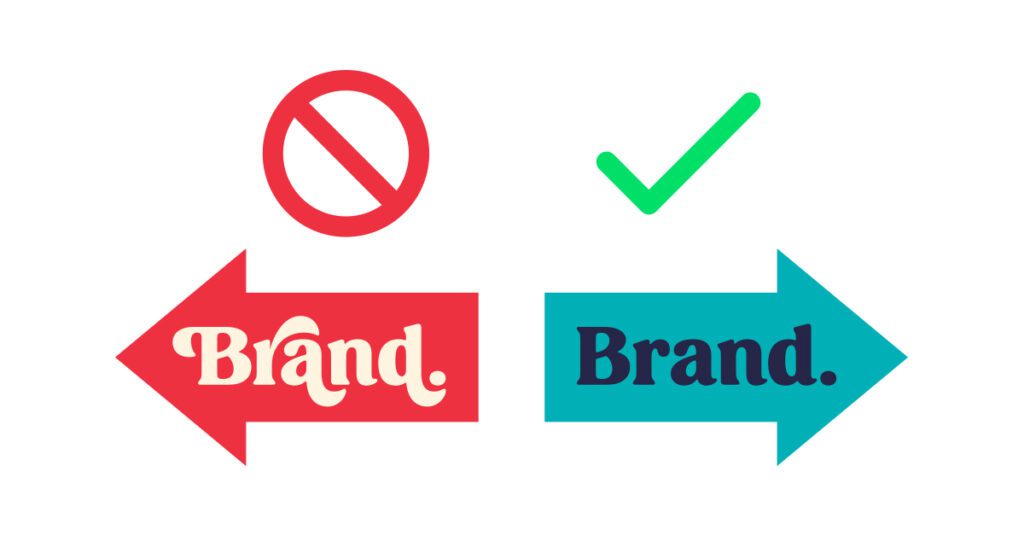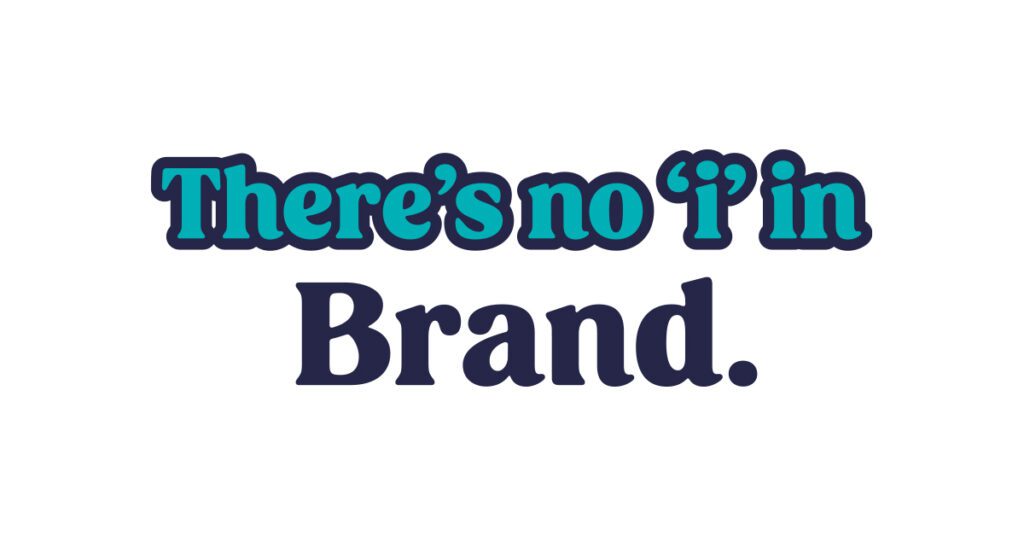So you’ve started a business. You have an idea that works, investment capital and a small customer base. You also know you’ll have to get the word out to acquire more regular customers. However, before you start marketing your business, you need to consider who, how and where to market. This is where a brand strategy is critical and why I have developed 10 reasons you need a brand strategy.
Think of your brand strategy as a road map. Let’s say you need to get from point A to point B. If you only have a general direction to get where you are heading, you could end up aimlessly wandering any number of roads to get to point B. Your trip would be costly and time-consuming. A brand strategy, like a map, provides the bigger picture by showing you the most direct routes, possible obstacles and notable detours you might take.
1) Creates Authenticity

This is the first of the 10 reasons you need a brand strategy. A good brand strategy includes your reasons for starting a business and helps you to communicate that to your audience. It puts emphasis on your mission and values at your brand core. It informs your reason for being in business in the first place, which should always be about your unique selling proposition and how you fit into your customers’ lives. Customer loyalty builds when they understand and trust your business. This can only happen when you can communicate authentically and honestly about your business through a complete brand strategy. Authenticity starts with being truthful about your purpose with your customers.
2) Defines Your Target Audience

A brand strategy involves research in defining where your business can carve out a niche. This niche should be an audience that would get the most benefit from your business. They are the customers that you want to speak to the most–your ideal target audience. You can’t expect your target audience to understand your business without a fleshed-out brand.
However, once you have a working brand strategy you’ll be able to find those customers that talk about your brand with others. This audience helps to spread the word about your awesome brand defining expectations and sharing experiences. Without knowing who could benefit the most from engaging with your brand it will take considerable time and money to build that audience of loyal fans.
3) Develops Tone and Manner in Messaging

Your brand messaging should follow a unique set of guidelines to create a consistent personality and style. This becomes a differentiating factor when compared to competitors. Even how you use symbols, emojis, and slang can be incorporated into brand messaging. If your customers identify with the tone and manner, you communicate they will be more likely to engage with you. Conversely, if your messaging is inconsistent, it will appear disingenuous and off-putting. A proper brand strategy will account for your brand’s tone and manner in all communications.
4) Helps Define Priorities

We all have strengths and weaknesses; however, that should not limit what we can do with our businesses. Instead, a good brand strategy lays out what should be done to successfully communicate your brand. Whether or not you are good at one thing or another should not dictate whether or not it gets done. Instead, your brand strategy should help you define your priorities, whether you can do them yourself or need to hire someone to do them for you.
Furthermore, a brand strategy will help clarify where you should concentrate your efforts to avoid wasting time communicating with the wrong audience.
5) Guides Visual Consistency

Most first impressions are made by look and feel. This is why the visual voice of a brand is just as important as the brand messaging. When a brand’s visuals are cohesive and consistent, it provides comfort and trust for the viewer. Once viewers expect something to look a certain way, they usually have the opposite reaction when it isn’t as expected. The brand strategy helps to guide your brand’s visual representation consistently. The brand strategy informs the brand identity document. I believe you should always consider one as a part of the other, so I usually include a brand identity document with any brand strategy I help develop.
With a good brand identity you can create visuals and messaging that is on point and identify the places where your brand in not being represented correctly. However, you can’t develop the brand identity with a solid brand strategy in place.
6) Informs Media Usage

Your business might be product-based or service-based. Your business might be targeting tech-savvy adults or experienced seniors. It might be local, national or international. Defining these things in your brand strategy informs your media mix for communications. For example, you wouldn’t market to seniors using a new social media platform, nor would you market to people in a national newspaper if you only served your local community. But beyond these examples, you want to know which media will see the most return on investment (ROI), which is informed by the target audiences defined in your brand strategy.
7) Helps to Inform Decisions

Your business will undoubtedly confront difficult decisions. Some decisions may test your brand’s values, personality and style. Only by remaining true to your brand personality will you be able to make informed decisions that stay true to your brand. By having the guidelines laid out in a brand strategy, you are better equipped to respond to crises and make the best decisions for your brand.
8) Goal Setting

A brand strategy is all about setting the stage for action towards a greater goal. For example, if your goal is to go from a local company to a global company in 5 years, your brand strategy should provide insights on how to get there. In addition, it should provide key achievement milestones along the way. It is important to note that a brand strategy is not the same as marketing; it explains and sets the goals but doesn’t provide the incremental tactics in achieving them. A brand strategy informs a marketing strategy, but it does not replace one. A marketing strategy is filled with tactics and time-bound activities to achieve specific goals within a brand strategy. Tactics may be altered or changed over time, but their end goals shouldn’t.
9) Removes Personal Preferences

A brand strategy provides the parameters through which you interact with your customers. It understands the needs and interests of your target audience in a way that makes a lasting connection. You may have strong personal ideas on how to foster a relationship with your audience. Have these ideas properly set into a brand persona and make sure they are pragmatic to your brand goals. By doing this, others can objectively understand how your brand should interact with its audience.
Furthermore, it removes the tendency to react and make decisions based on personal preferences. After all, you may be the brains behind your business, but you are not your business. Remaining objective and basing decisions on the needs and interests of your target audience makes things less about you and more about them. By making this clear distinction, your business becomes less about you and more about your customers.
For another perspective on objectivity versus personal preferences regarding other aspects of branding, check out “Website Objectives vs. Personal Preferences” by Karen Jensen at bopdesign.com.
10) Helps in Succession Planning

The last reason of 10 reasons you need a brand strategy is succession planning. Everyone needs to have a contingency plan in case they become unable to continue their business. Further to this, you should have a plan for your business when you hope to retire. Who will carry on this legacy? What will the company look like in the future? A brand strategy helps to maintain focus and provide direction as the business moves on without you. It may sound bleak; however, we all need to know when to move on and just how to formally retire.
What’s Comes Next After Creating a Brand Strategy
Let’s take another look at the analogy from the beginning of my blog. If the brand strategy is the map, marketing is the mode of transportation. Whether you walk, swim, bike, drive or fly to get closer to your goal, you’ll need to use a map to make sure you are getting there efficiently. So you should try to have a brand strategy before any marketing takes place. Or you could spend more time than necessary getting to your destination.
Let your brand strategy be your guide in creating a marketing strategy and developing effective tactics.
There are more than 10 reasons you need a brand strategy. However, these were my top 10. Still not convinced? Check out my blog on how to personalize your brand for the customers you want.
Do you need help with a brand identity project? Reach out by email to schedule a consultation or visit cyanbolddesign.com for more information.

